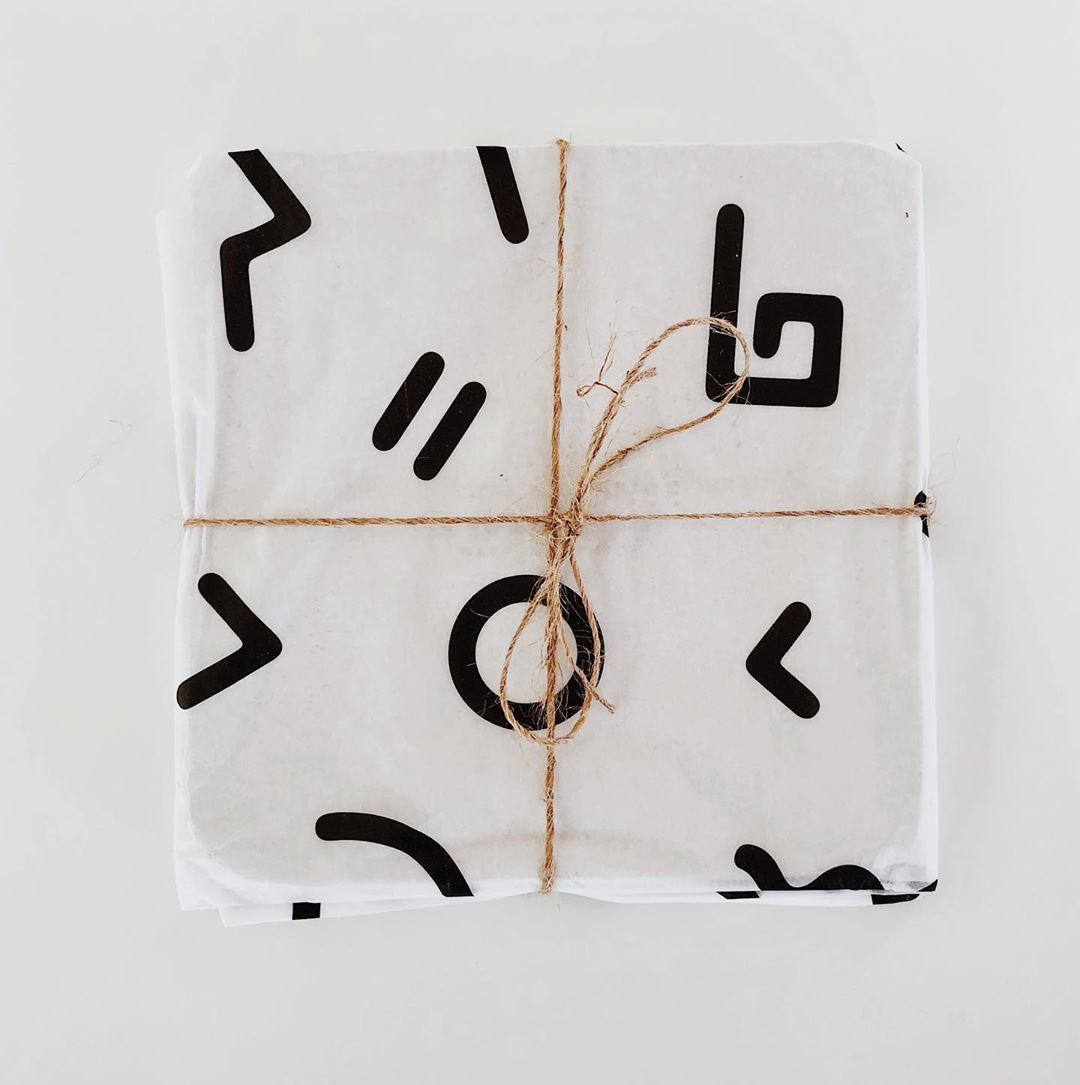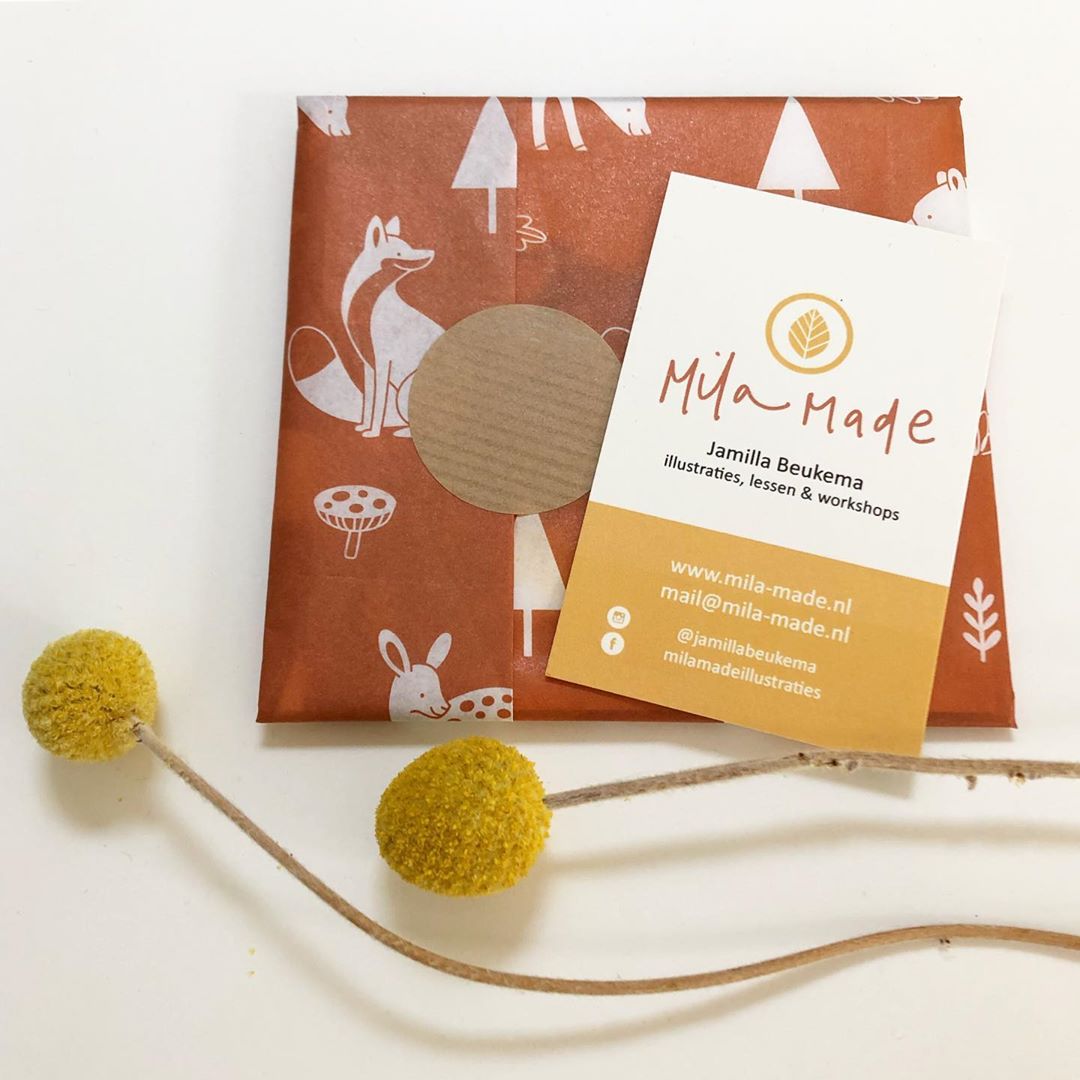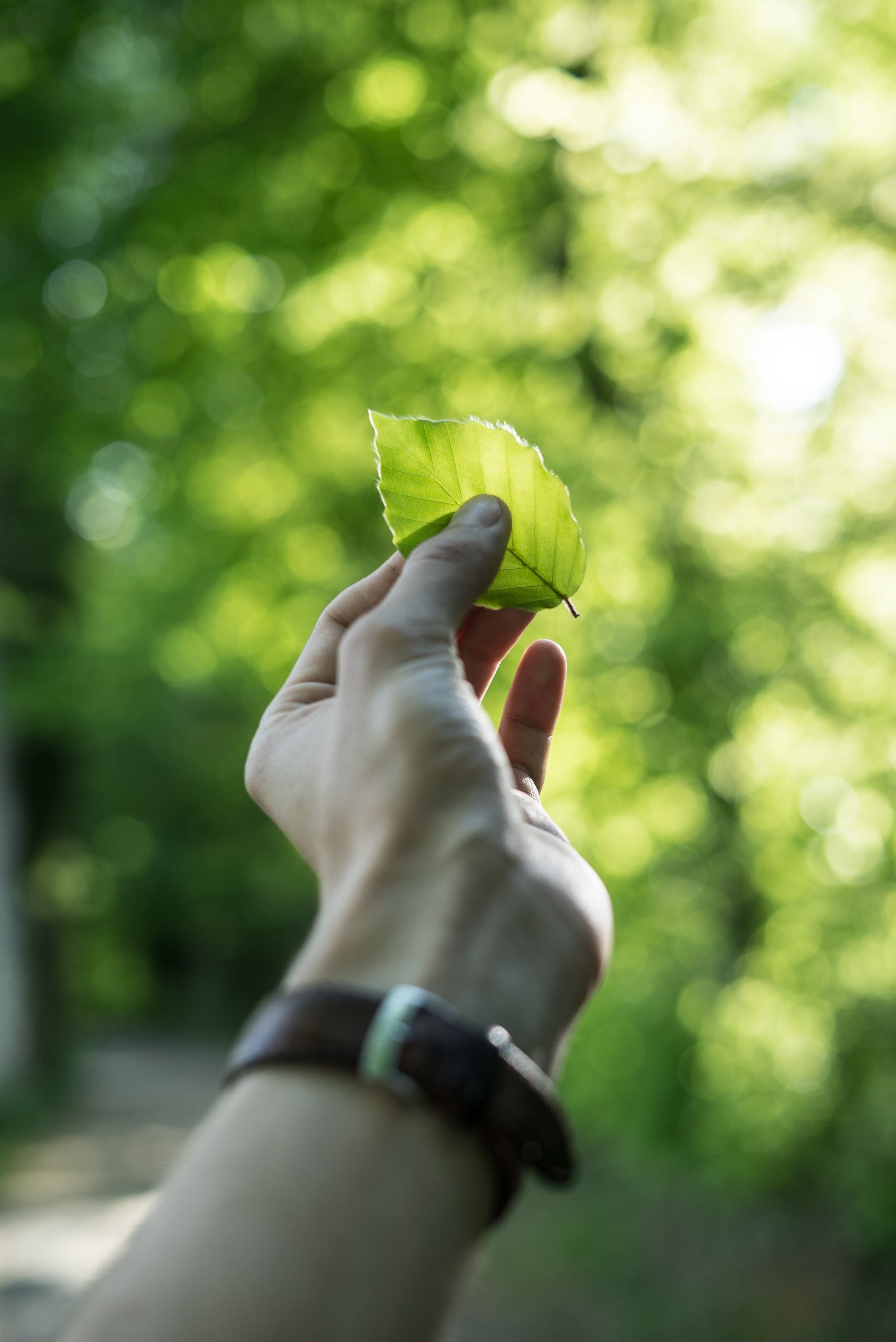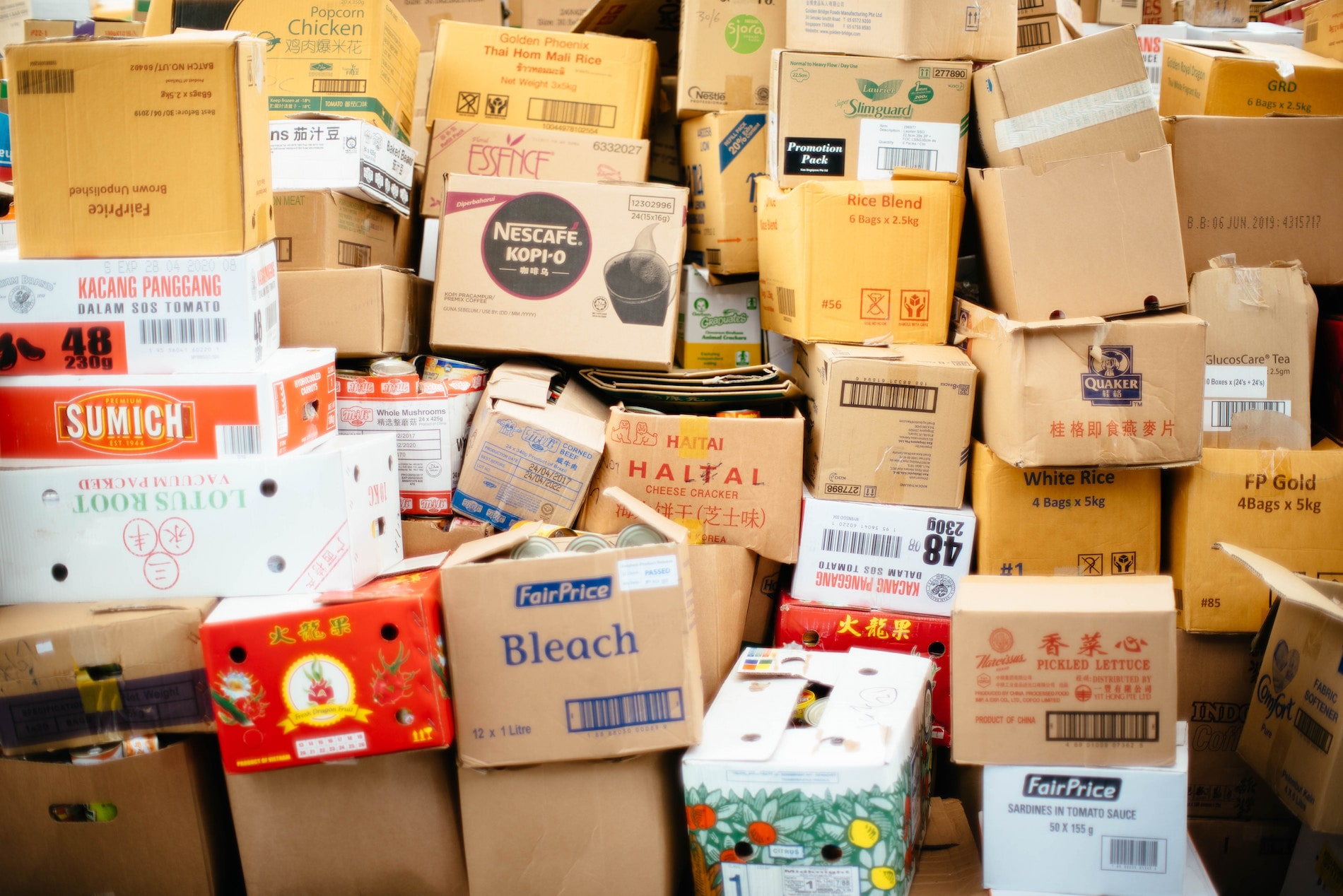By Beth Owens
Packaging often brings to mind the Amazon-esque cardboard box. But this picture is fast changing. Consumer packaging trends are shifting toward custom designs that are reflective of brand identity. This makes sub-areas such as logo design and illustration more important than never.
Social media has been the big instigator here. Grabbing attention on those endless newsfeeds is challenging. Yet eye catching custom branded packaging delivers a lasting impression to customers. In fact, 40% of consumers likely to share purchases on social media if they come in premium packaging.
It doesn’t matter whether you’re inspired by flat illustrations, bright colors, or the latest graphic design trend. Custom packaging shows that you offer a premium brand experience, not just a product.
Especially within lifestyle industries such as fashion and cosmetics, this so-called ‘influencer packaging’ is gaining widespread use. Why? Because consumers are demanding a more curated and memorable brand experience.
In sum, packaging firmly has a place within the marketing toolkit. It helps to influence purchasing decisions, tell your brand narrative and increase your standing – all in the one box. So, the recognition of packaging as a powerful branding tool is one of the top 2019 packaging design trends.

Black and white minimalist designs will be especially on-trend in 2019!

This combo of warm browns and creamy whites by Jamilla Beukema is a great example of cohesive branding.
2. More Sustainable Solutions
The reduce, reuse, and recycle mantra is nothing new. But it’s only recently that it’s begun feeding mainstream packaging design trends. Last year’s World Economic Forum saw over 250 companies pledge to use 100% reusable, recyclable or compostable packaging by 2025. This more socially responsible approach by businesses is forcing the packaging industry to invest in more environmentally friendly designs.
This year will bring bigger efforts to integrate packaging into the circular economy. This is a closed circuit of usage where materials are being reused and recycled. These are the package design trends we expect to become more widespread:

Reduced packaging. Sustainable product packaging isn’t just about whether materials are recyclable or not. When more packaging materials are used than necessary, this creates excess packaging waste. Solving this means questioning the need for packaging elements that many of us take for granted.
Asking your in-store customers if they need a bag allows them to decide their own carbon footprint. For online brands, you can cut out bulk by using compostable mailers instead of traditional boxes. As well as to reduce environmental impact, simple designs save your business money in the long run!
Multi-use designs. Plastic bags have an average use-time of 12 minutes, but a life expectancy of 1000 years! Using more eco-friendly materials is paramount, but the solution also lies in multi-use designs. Encouraging consumers to see packaging as reusable, instead of single-use, will lessen packaging waste overall.
For example, using cloth bags instead of single-use plastic is much more versatile. They are better suited to different sized products, and give multiple reuse options to your customer. With a bit of thinking outside the box, there are all sorts of options available.
Letting consumers know. The buck doesn’t stop with choosing an eco-friendly design. Discussions about sustainable packaging sometimes fail to address how this affects the consumer. A recent survey found that 70% of shoppers want more product information than most packaging provides. This consumer trends show that people are taking more interest in the origin of their purchases. This means the product, but also its packaging. If the specifics of your design aren’t clear, your eco-friendly efforts will have far less impact.

3. Omnichannel Retail
We all know that eCommerce has brought the growing need for protective packaging. But this isn’t the end of the story! Some commentators are heralding the ‘death’ of physical retail. But the growth of omnichannel shows that consumers don’t want a relentless push towards the digital. They want a seamless, integrated retail experience. So, packaging which caters to this desire is one of this year’s biggest packaging trends.
Studies show that only 7% of consumers are actually online only shoppers. Around 73% use a mixture of channels for purchasing and browsing. This might mean shopping in-store, but getting their purchases delivered to them at home. Or browsing for products online, and having a ‘click and collect’ option for in-store pickups. Omnichannel retail means more flexibility for businesses and consumers, so packaging must follow suit.
Choosing your packaging with just eCommerce in mind might not tick all the boxes for your customers. No one wants to feel that their patronage is less valuable because they bought in one channel over another. But this is the impression you will give if you offer bespoke wrapping in-store, but a plastic mailer on delivery! In essence, consistency is key.
The Wrap Up:
2019 is set to be an interesting year for the packaging world. There are lots of innovations ahead surrounding eco friendly packaging and minimal design. As consumers gravitate more towards brands which offer a more curated retail experience, customized packaging will become more mainstream. Omnichannel retail is also pushing packaging design to become more versatile across channels. So, keep an eye on these 2019 packaging design trends. They might help to give your business an edge!

